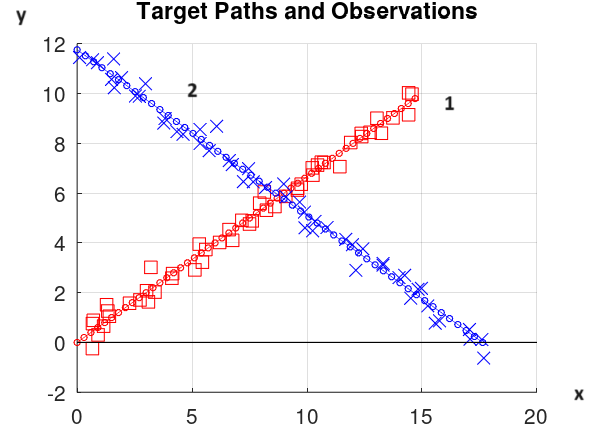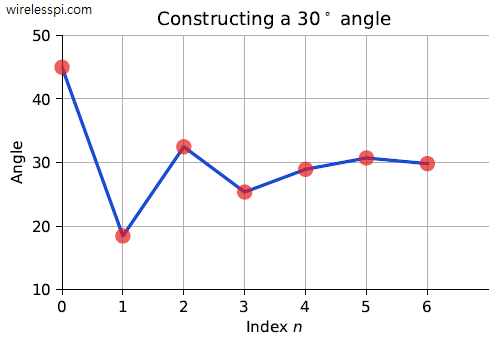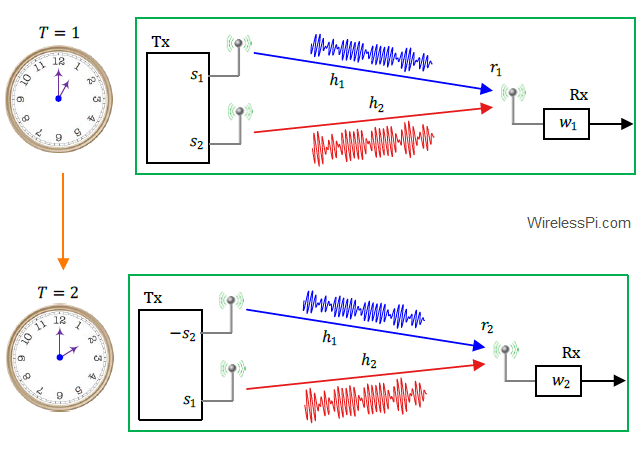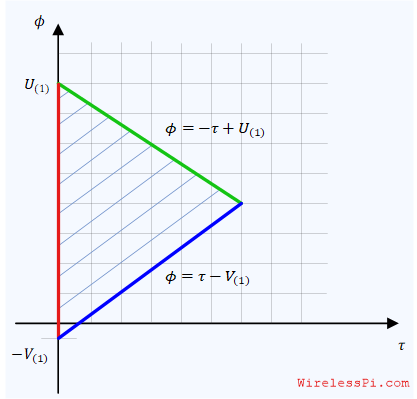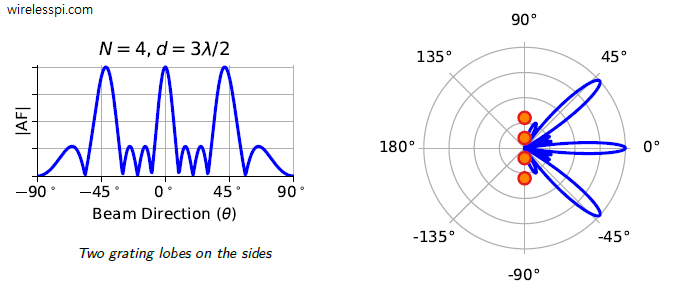I have described in detail the story of the Kalman Filter (KF) in a previous article using intuitive arguments. The Kalman filter is applicable to linear models. Today we will learn about extending the Kalman filter to non-linear scenarios through an extended Kalman filter. Numerous applications today require estimating the range, velocity, and acceleration of objects moving along a straight path. It could be an airplane within the scope of a traditional radar or an autonomous vehicle cruising down a road in an ever-connected society. And who knows, perhaps the superhumans of the next century will engage in futuristic play
Continue reading